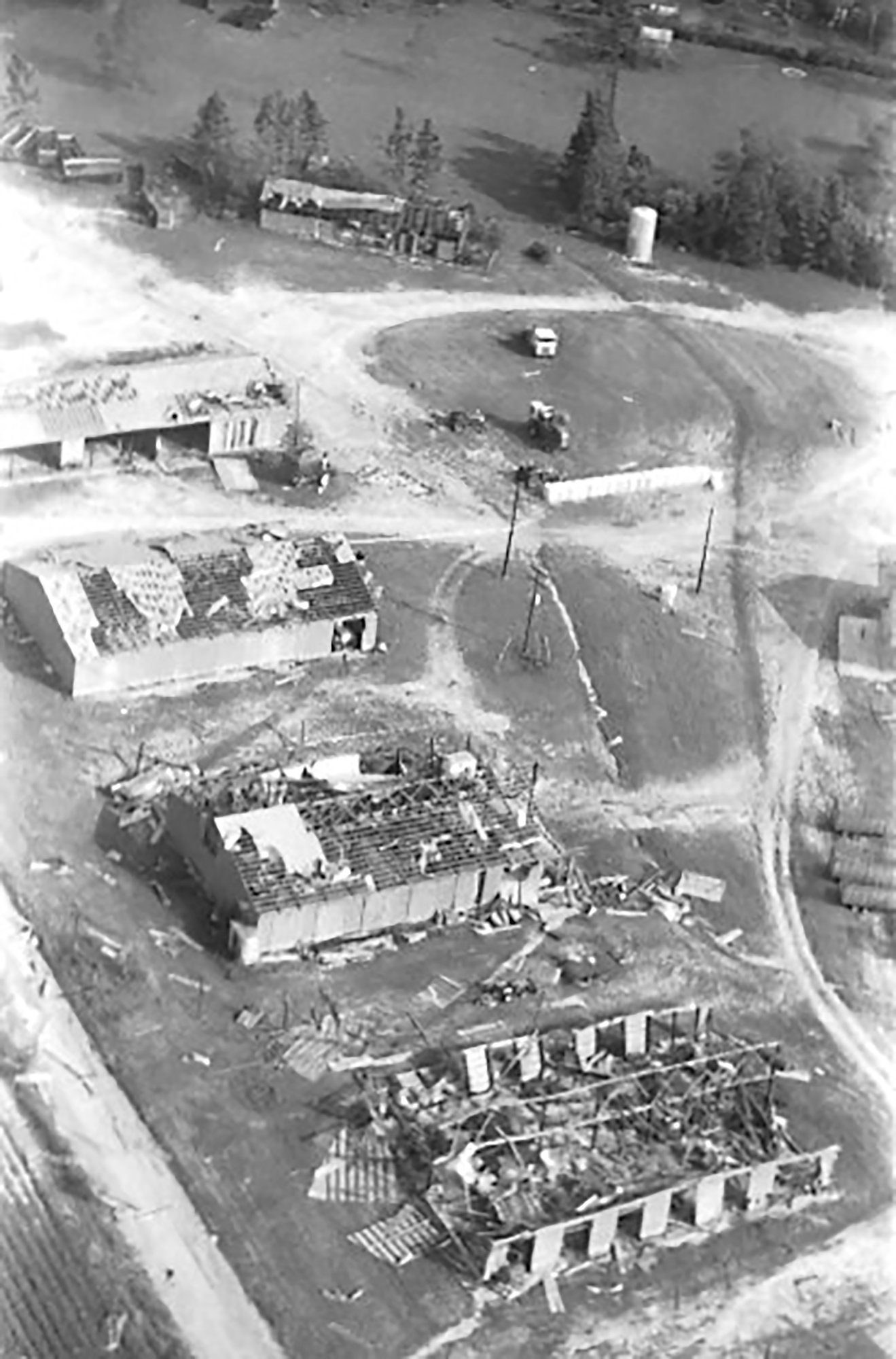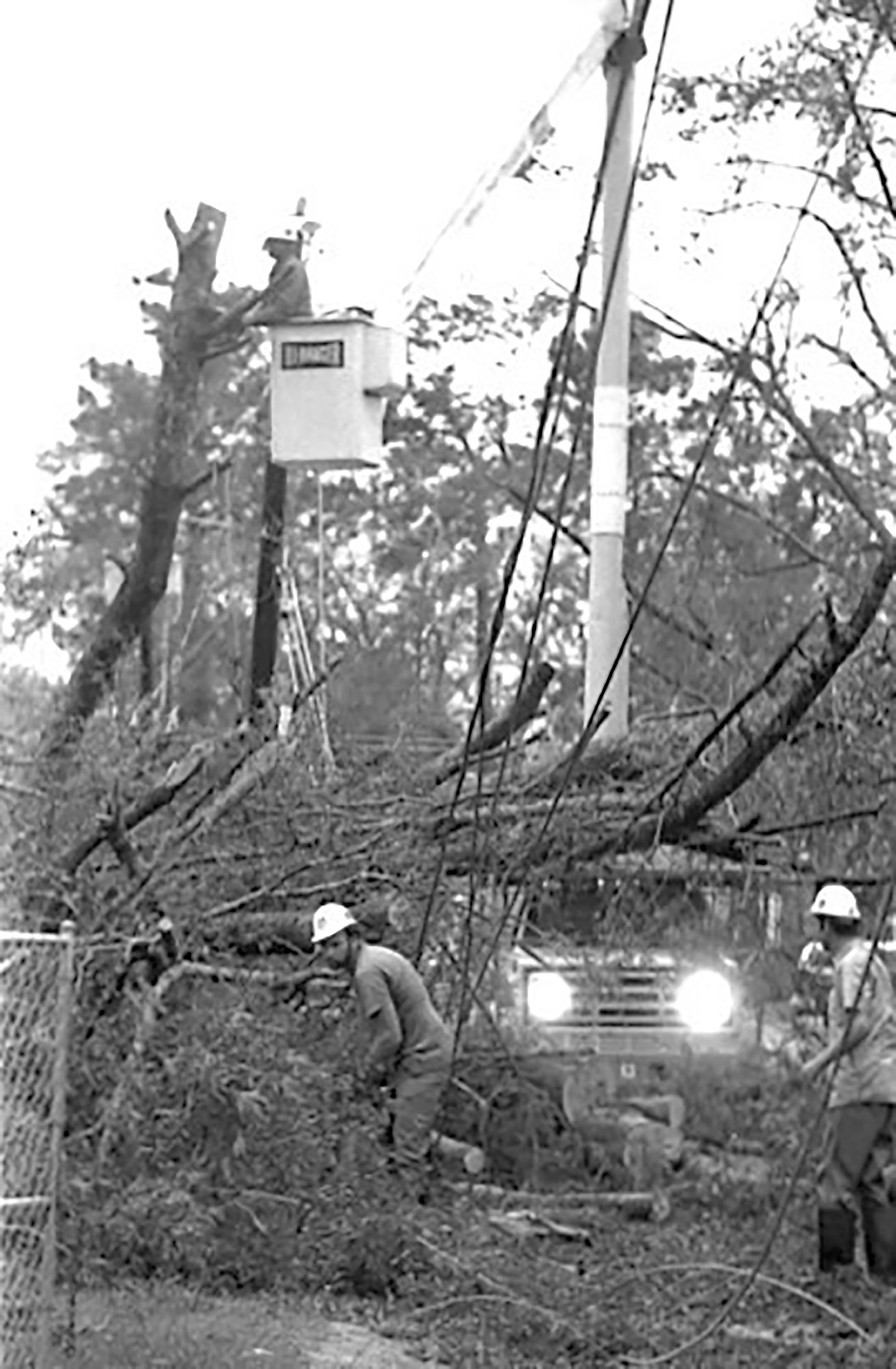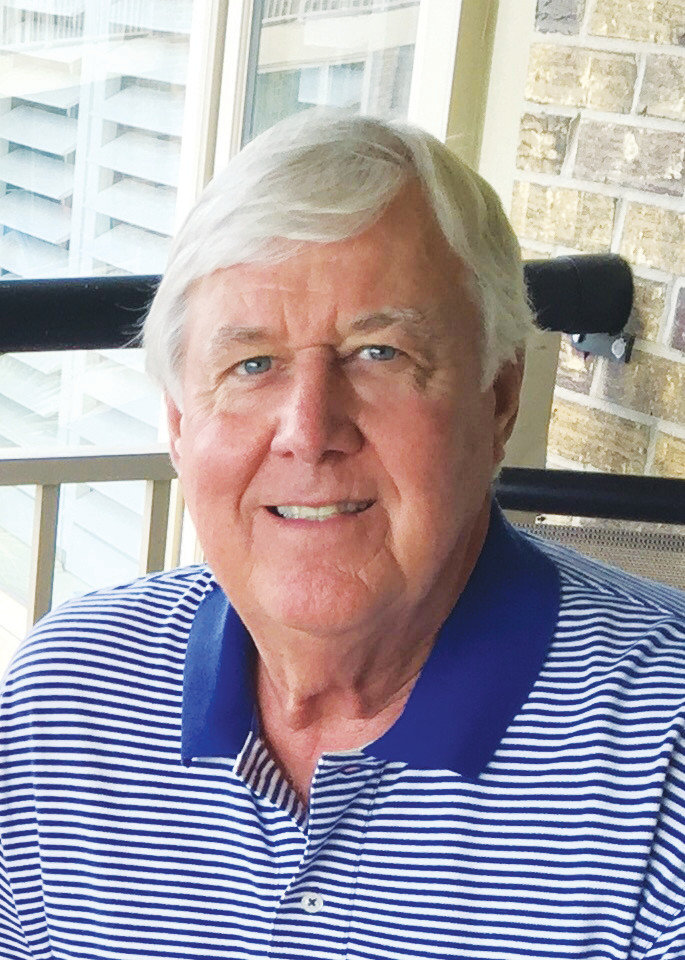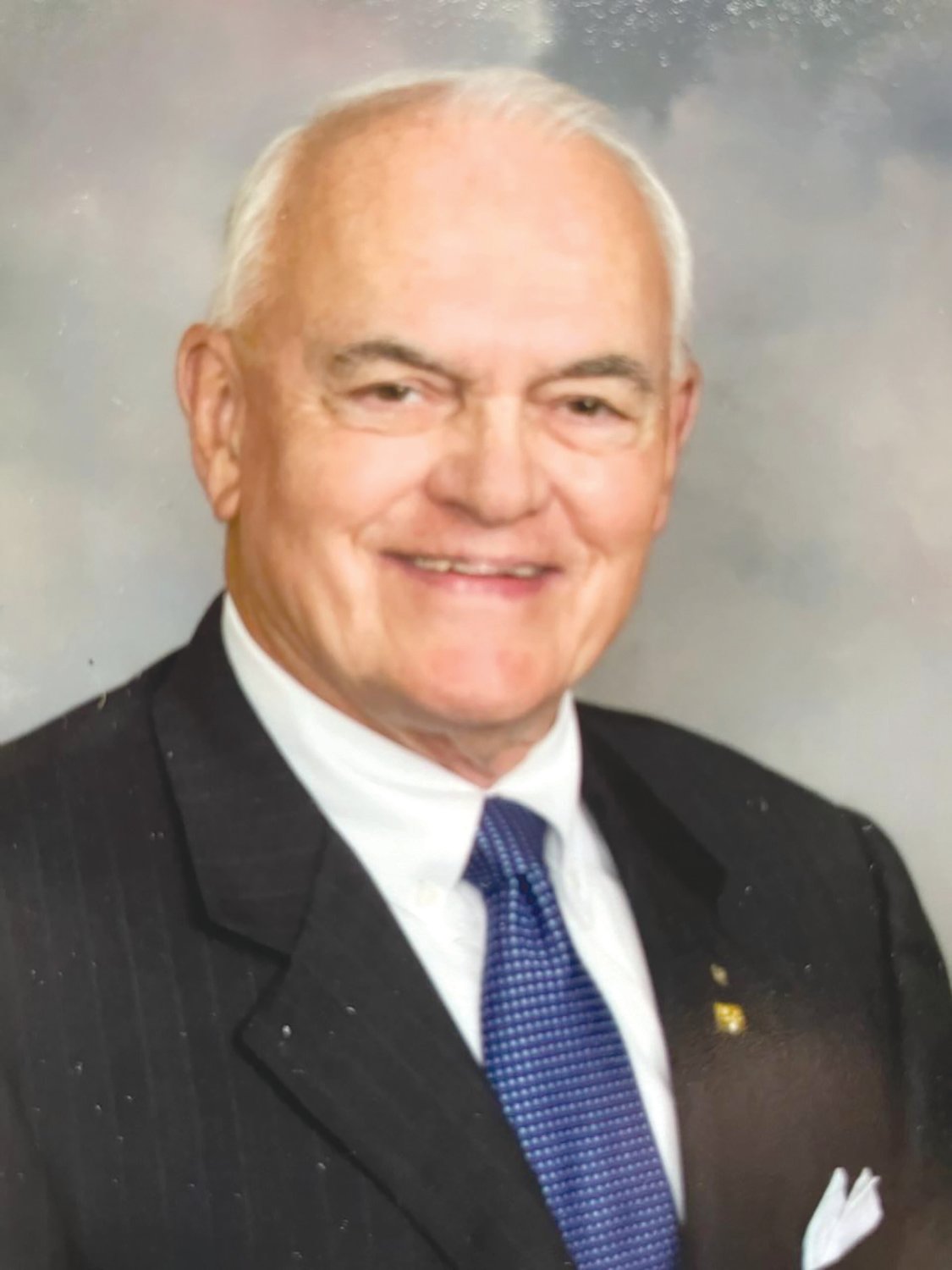Former Sumter leaders remember Category 4 storm's impact 33 years ago
793
Number of houses in Sumter that sustained major damage
323
People in Sumter who were injured
160
Number of mobile homes destroyed
113
Number of mobile homes that sustained major damage
109
Highest recorded wind speed in miles per hour at Shaw Air Force Base
16
Number of houses in Sumter destroyed
1
Person killed
Source: The Sumter Item archives
bruce@theitem.com
Editor's note: This article and all of The Sumter Item's hurricane coverage is free as a public service. We believe having access to reliable, accurate and up-to-date local information before, during and after inclement weather is critical to the vitality and safety of the communities we serve and that money should not be a barrier to that access. We do, however, rely on paying subscribers to support our independently, family owned business. If you value the local news you're reading and are not a subscriber, please consider becoming one today at http://theitem.com/subscribe.
It was 33 years and nine days ago now, but two local leaders remember Sept. 21, 1989, like it was yesterday.
On that night, Hurricane Hugo came through Sumter County like a freight train - at least that is what the winds sounded like - according to Steve Creech and Chuck Fienning, who reflected Thursday on the storm that wreaked havoc and devastation locally.
Both were local businessmen at the time, and both took office in 1988: Creech as mayor of the City of Sumter and Fienning as a member of Sumter County Council.
Every year during hurricane season in South Carolina, they cannot help but remember Hugo, they said.
Creech recalls that in 1989, generator capacity was nothing like it is present day.
Today, we have generators to assist with city water plants and sewer plants, he said. Back then, that was not the case. Also, 33 years ago, not near as many people had personal generators at home.
After Hugo's heavy destruction that included downed trees and power lines and business and home damage, most people here went 10 to 12 days without power and water.
"Now, a fair amount of folks have generators of some sort," Creech said. "We cannot stand the thought of being without TV for even a couple hours. Nobody even had a cellphone back then. Can you imagine people not being able to use a cellphone?"
Hugo hit Charleston and traveled up the river and lake system in the state and made its way up to Charlotte with 80 mile-per-hour winds, Creech recalled.
"I think the eye of the storm was over the Wateree River," he said, "so anything on this side just got plummeted. We looked like a war zone."
At the time, Creech worked as an insurance agent and remembers working seven days a week for two to three months to process the claims.
"It touched every house in this community - some worse than others," he said.
The highest recorded winds at Shaw Air Force Base on that night in 1989 were 109 miles per hour, according to The Sumter Item archives. Creech said winds could have been stronger in other parts of Sumter, but only Shaw had the technology back then to record wind speeds.
He also recalls the community coming together and neighbors getting to know one another because everybody was having "backyard cookouts" to use up food in their refrigerators and freezers before it spoiled.
Fienning, too, remembers all the food and the popularity of propane-powered gas grills at the time with cooking out.
"We never ate better in our lives than we ate that week," he said. "All the stuff that my wife and I had in the freezer, we determined that we better eat it and not let it perish."
Fienning's best memory from the whole ordeal was how people in the community came together to serve their fellow man in the time of trial, he said.
From inside the house, the winds that night sounded like a freight train at a railroad crossing.
"Then, we would hear, 'Snap, snap,' a loud snapping sound," Fienning said, "and we thought, 'Well, some tree limb has fallen.' Well, it wasn't a tree limb, it was a tree that had snapped off 10 feet above the ground. The hurricane took pine trees and just snapped them like toothpicks."
He said about 20 pine trees at his home at the time, near the former Sunset Country Club, were lost.
Sumter was declared a "disaster area" by federal officials, who came in shortly thereafter to assist with all the wreckage.
Schools were out for a while, and residents were advised to pile up debris at their street corner and out of their living space for pickup by the City of Sumter. Everybody's debris was piled up more than six feet high, he remembers, and it took maintenance officials about a month to six weeks to remove it all.
The whole experience has allowed Fienning to have compassion for people who go through such devastation, and even he and his wife traveled to Mississippi after Hurricane Katrina in 2005 to help with disaster relief efforts.
"Until a disaster comes to your backyard, you can't really identify with other people in faraway places who are going through the same thing," he said. "That's why in all these subsequent hurricanes for 33 years, my wife and I have been sympathetic and have offered financial support and, at least in one case, we were there to help people clean up. That is about all we could do in a week's time was just help clean an area up and provide meals for people who were basically living out of tents. It really gives you an appreciation when it comes into your backyard."
More Articles to Read








